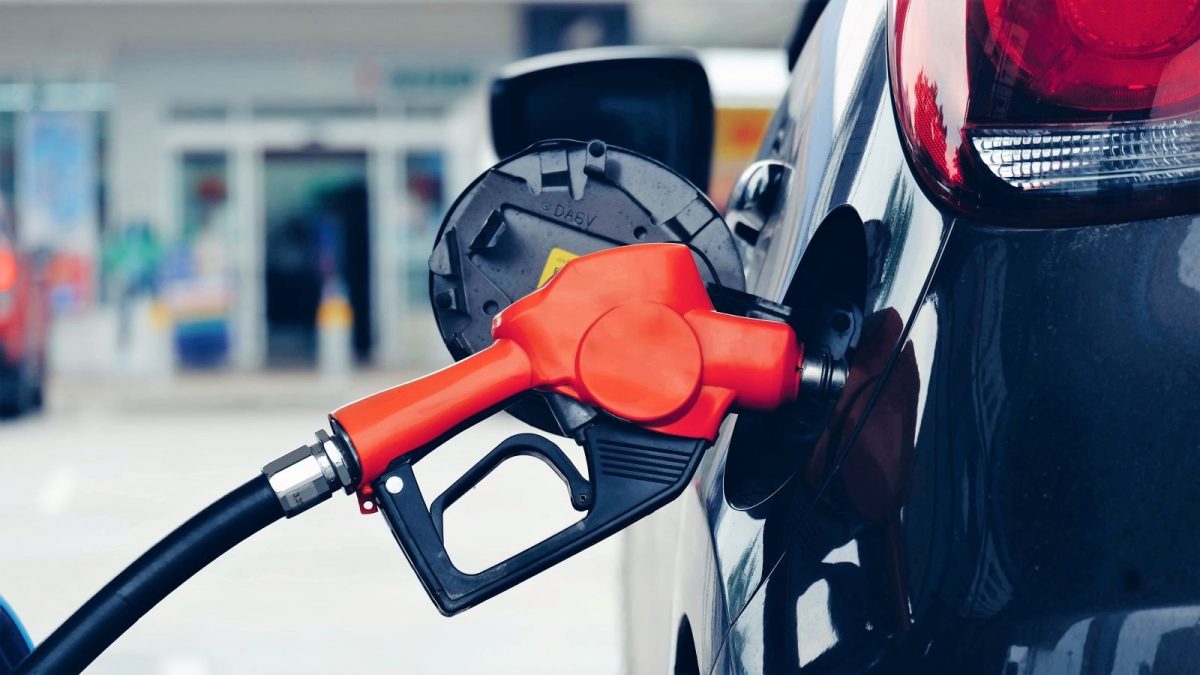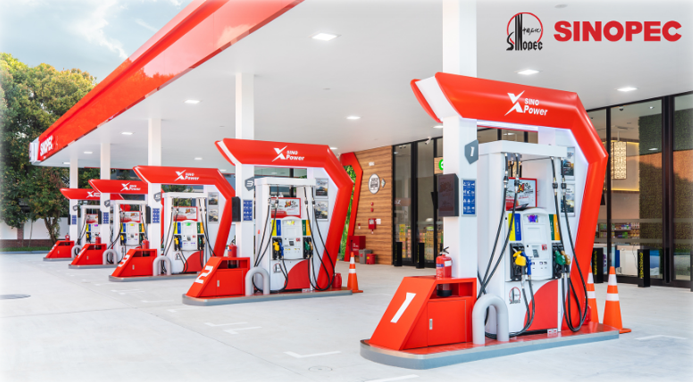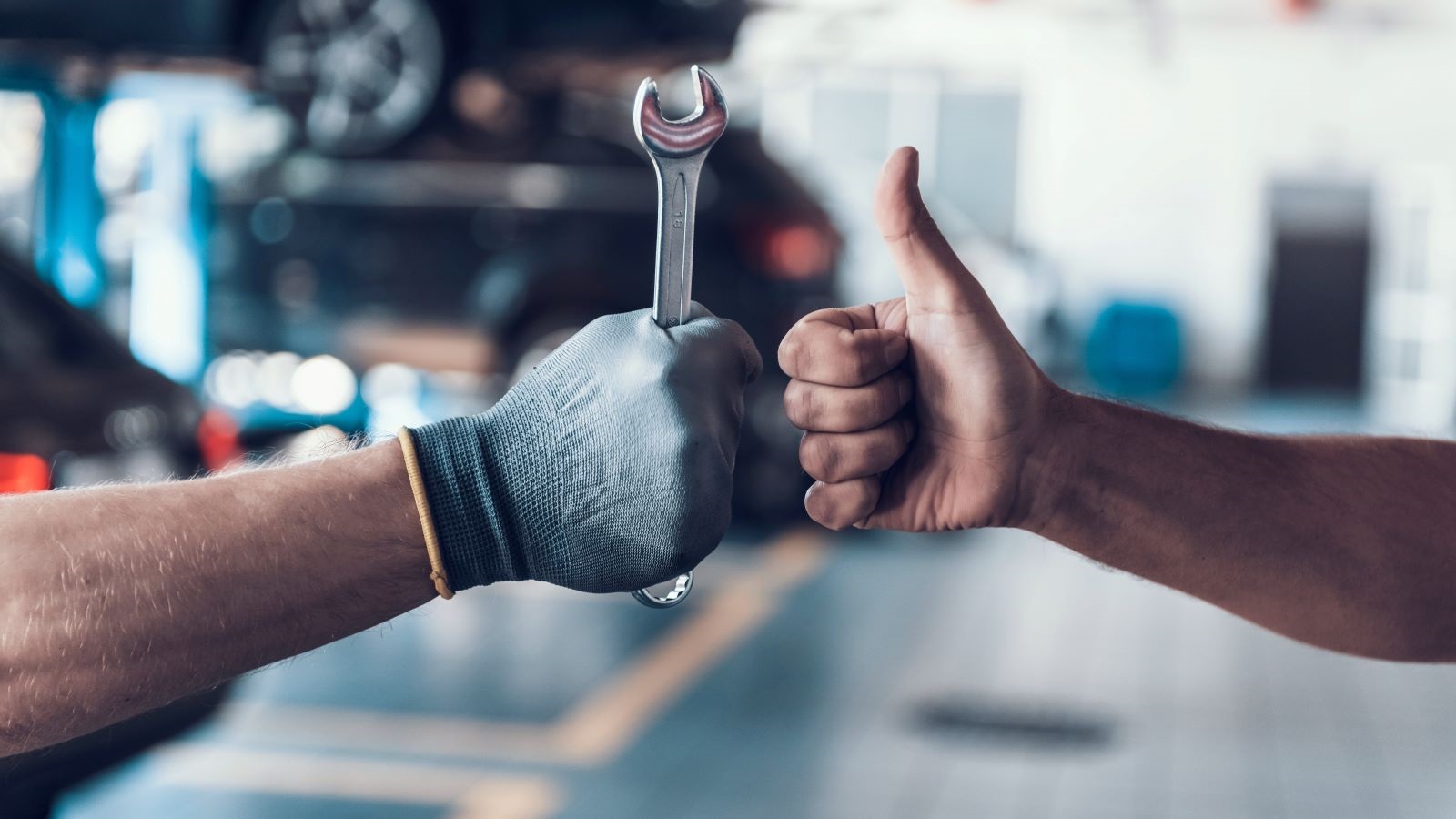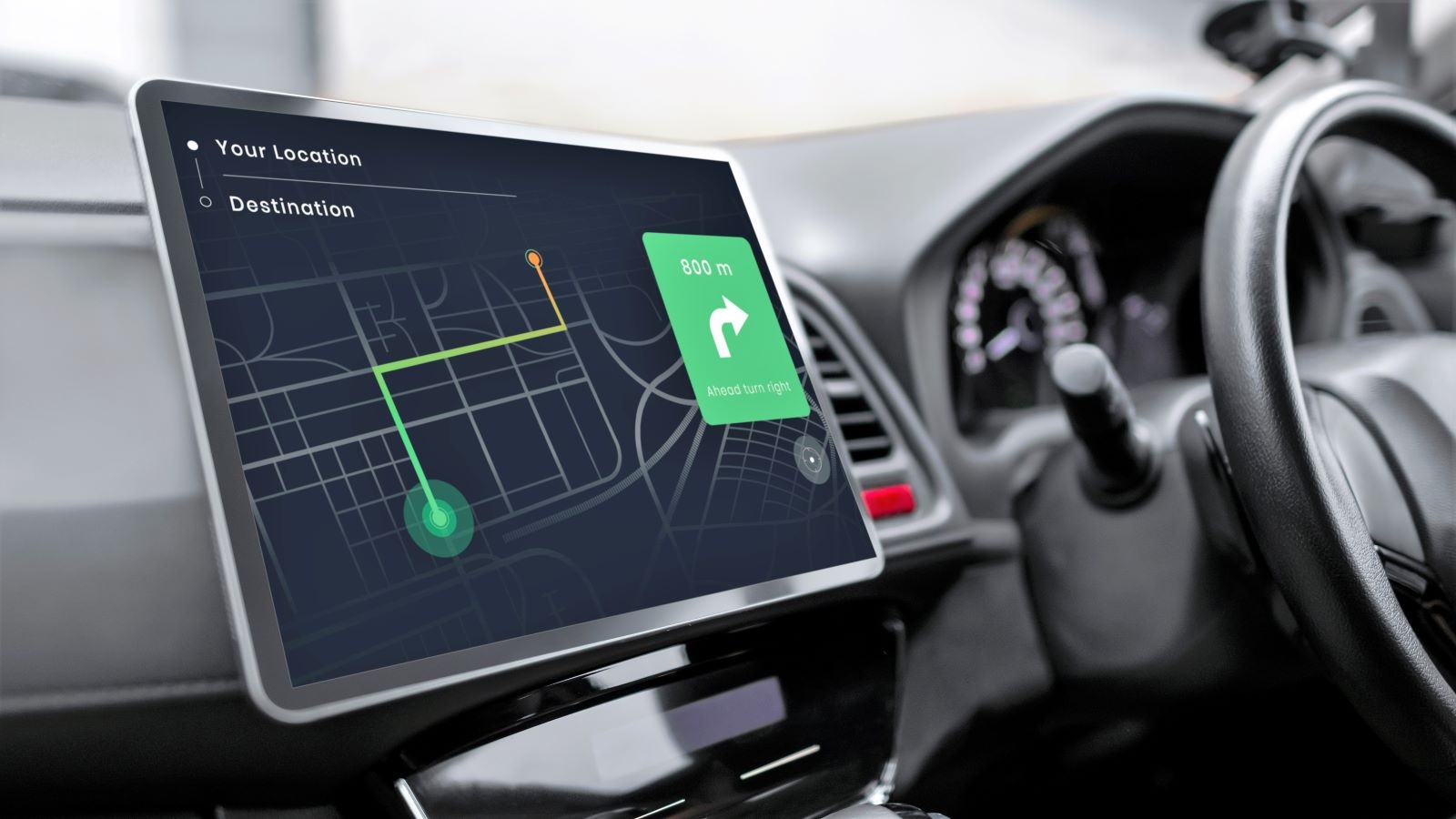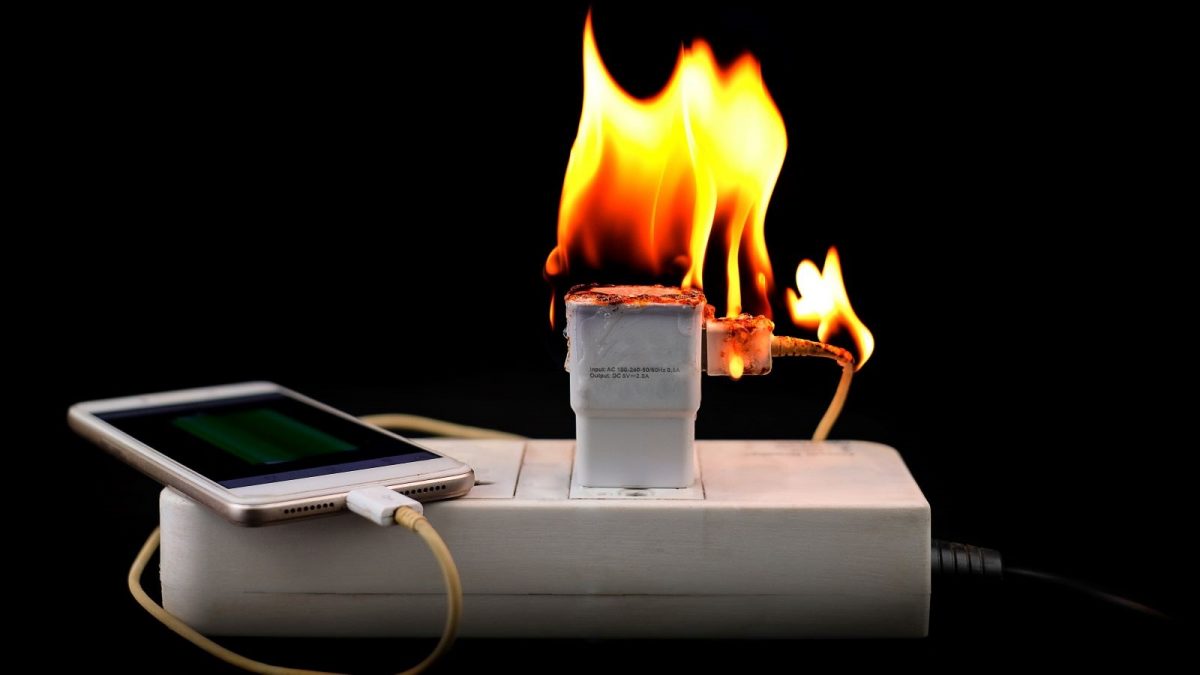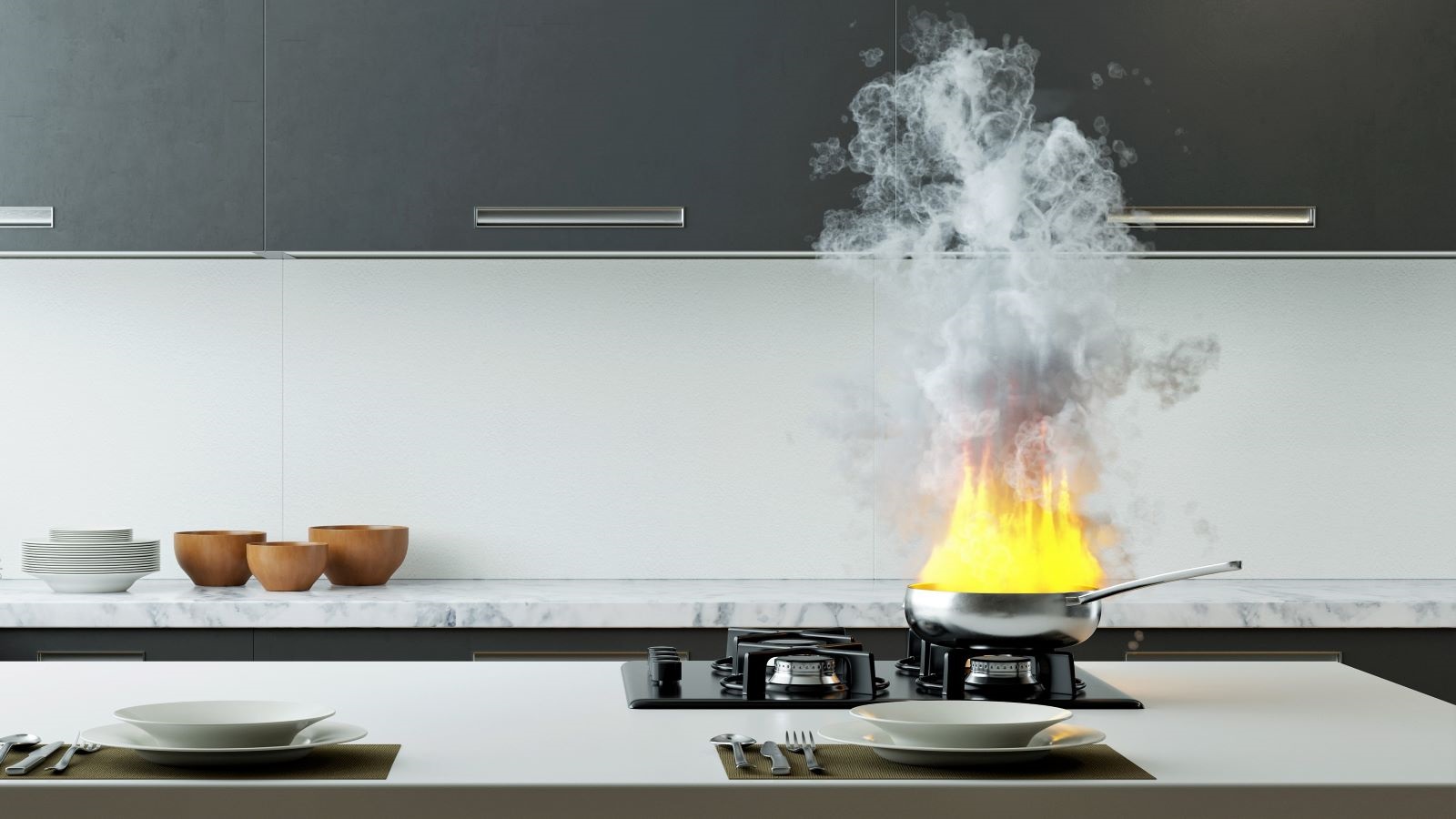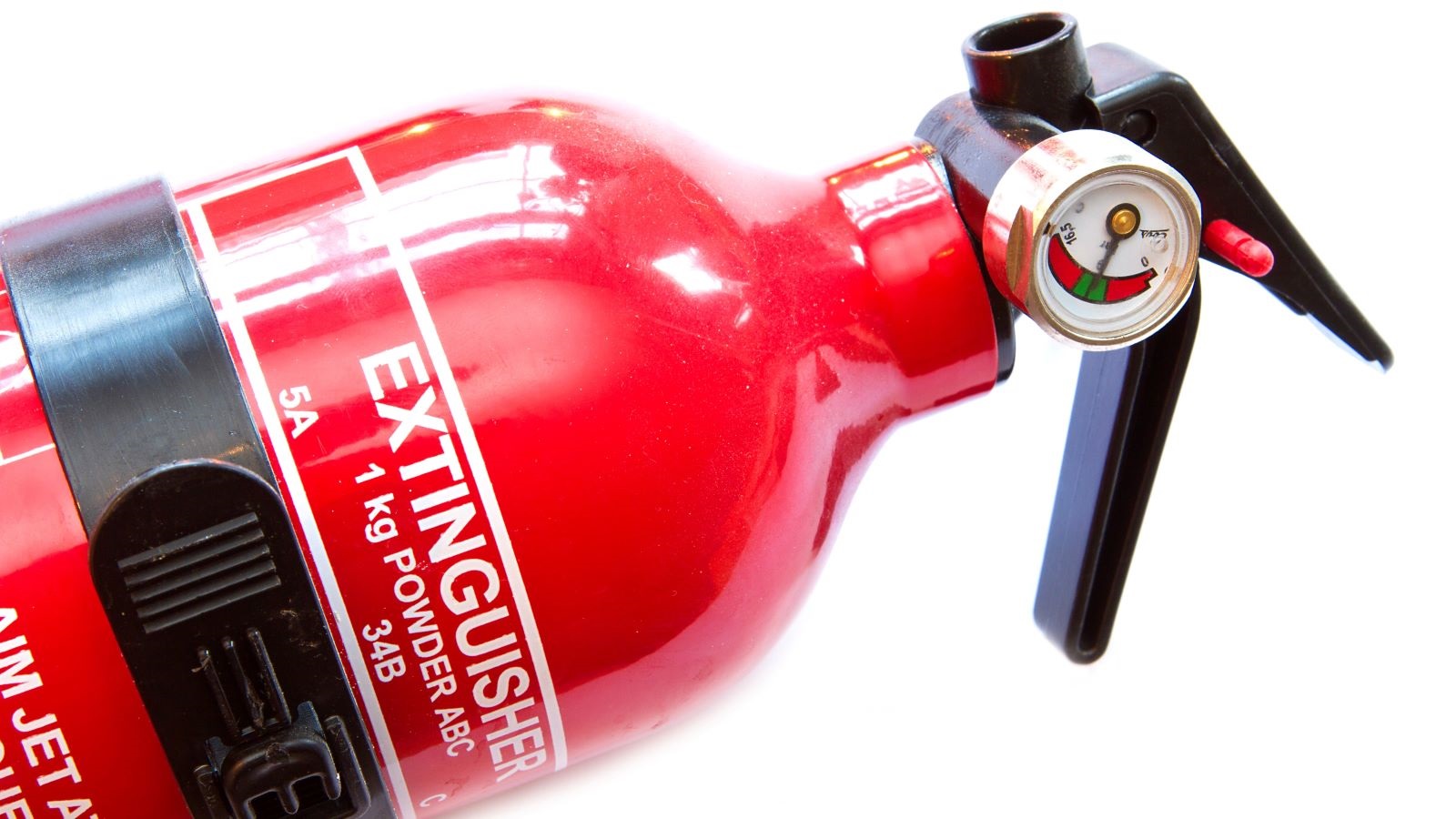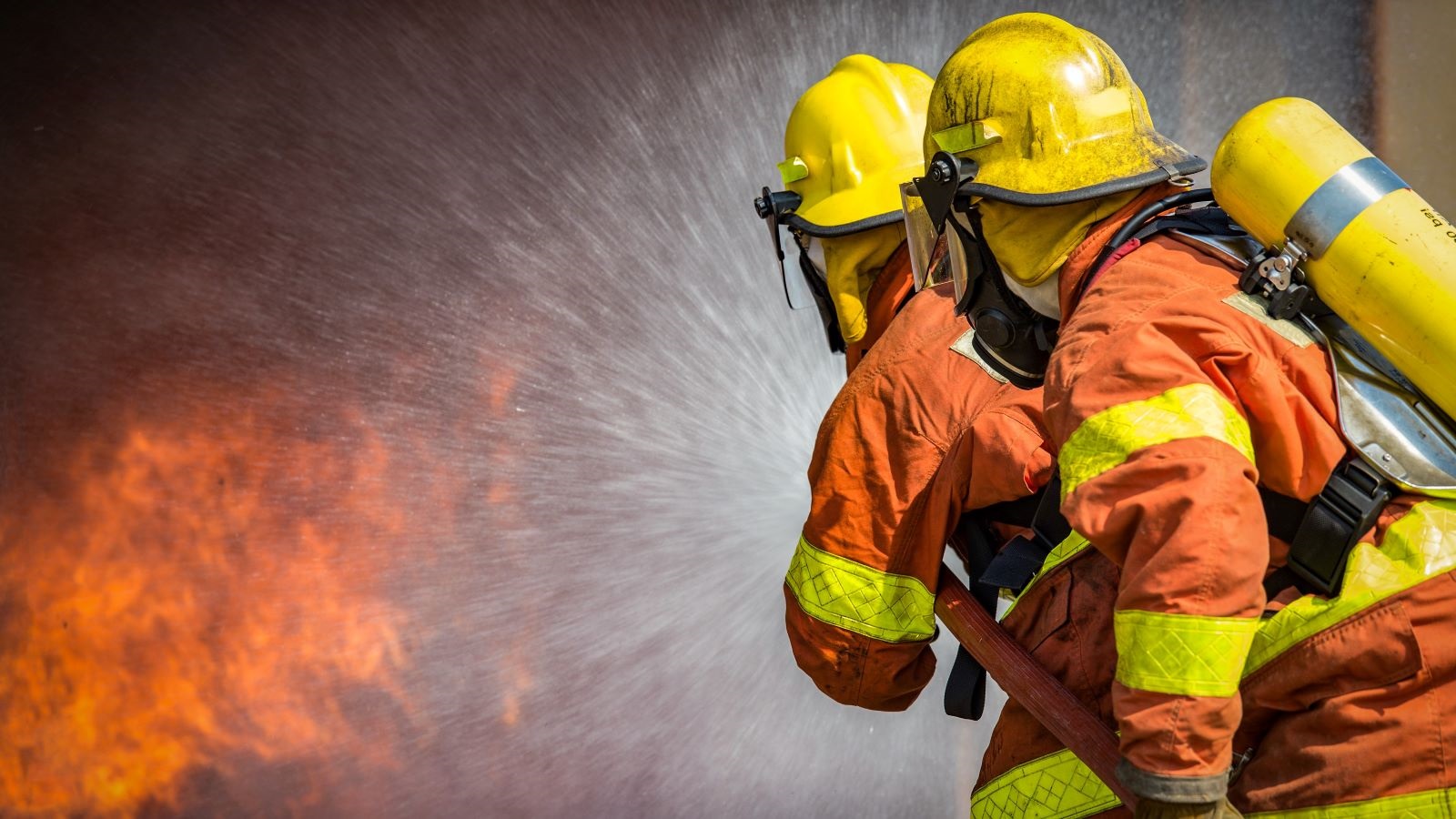Enlisting for National Service soon? We talk to a Fitness Workz trainer to find out how you can improve your conditioning to be in the best possible shape for NS!
TEXT: NICHOLAS JACOB
PHOTOS: FITNESS WORKZ
If you’re about to enlist for National Service (NS), it’s understandable to feel some trepidation over what lies in wait over the next two years. After all, NSmen are trained rigorously to ready themselves to defend our country – an important duty which calls for the requisite level of physical fitness.
Even so, with the right mindset and plan in place, you can place yourself on the right track to emerging from NS stronger in both body and mind, while having had the best experience possible – and we’re here to guide you through that!
EXPECTING WHAT TO EXPECT

Some of the challenges NSmen can typically expect to undergo include adjusting to new living environments and routines, hours of demanding physical training sessions, and a range of intensive physical activities which call for a high level of fitness.
According to Mr Muhammad Danish’aizat Bin Kamsani, a fitness trainer at Fitness Workz, setting realistic fitness goals is one way to stay on track and motivated before enlistment and throughout the NS journey.
“This gives you a framework through which you can achieve milestones. Achieving your fitness goal can be rewarding and being fit ahead of enlistment can reduce the risk of injury during basic training,” he shared.
So, how does one structure that fitness plan?
MAKING THE MOST OF YOUR TIME
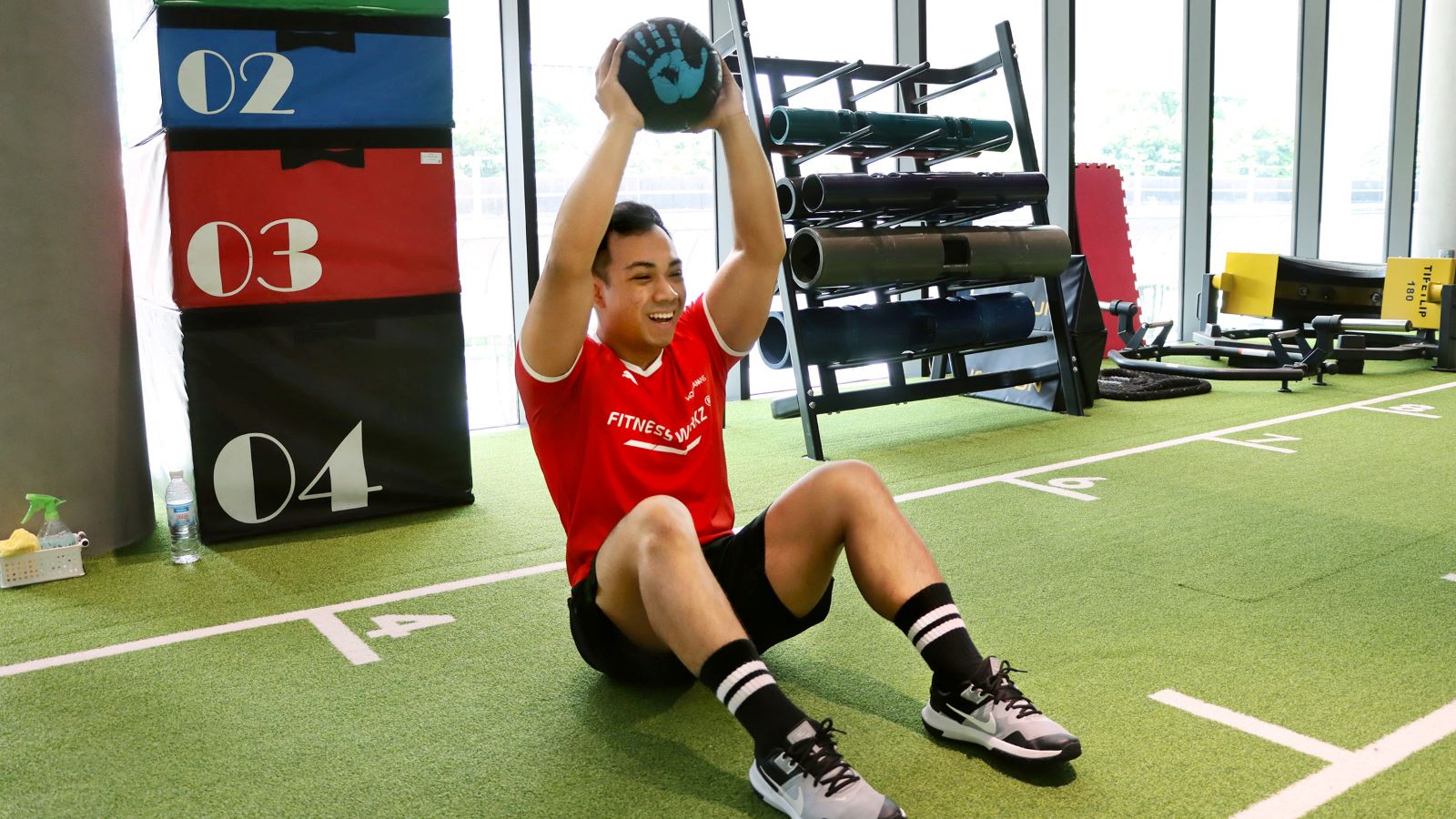
As a rule of thumb, it is ideal to allow yourself around a year to prepare for NS – this allows plenty of time for you to train at a measured pace and condition your body before enlisting.
Mr Danish’aizat recommends hitting the gym three days a week for the first few months, then ramping up the frequency to five weekly sessions as you progress.
“Always aim for improvement every week and try out new training styles. Having a few gym kakis can also help you stay motivated and focused on your fitness goals,” he advised.
Of course, not everyone may have the luxury of time to spend a full year of training. For instance, if one only has a month to prep before enlisting, Mr Danish’aizat recommends focusing on improving cardiovascular health and muscular endurance for the best short-term gains possible.
“This can help you to be mentally and physically prepared for the upcoming training sessions,” he explained.
THE ROAD TO GETTING FIGHTING FIT
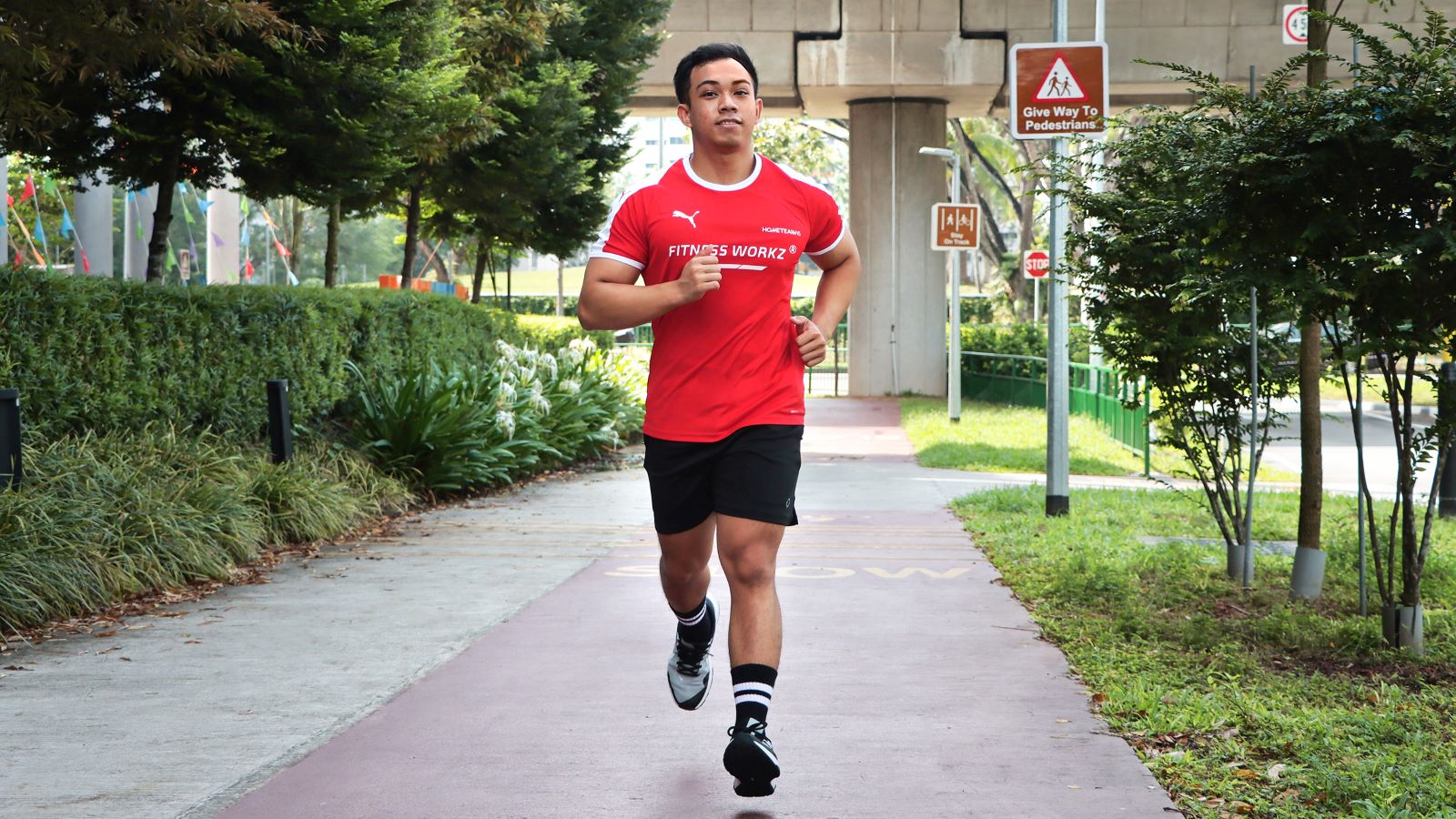
When it comes to the exercises, our fitness trainer notes that focusing on strengthening your pectoralis and abdominal muscles before enlisting will translate into the greatest benefits for your NS journey. Again, tie these back to goals you wish to achieve.
For example, training yourself to run the 2.4km under 13 minutes will improve your cardiovascular fitness – which can not only help with the 2.4km run itself, but also a wide range of physical activities you can expect during NS.
Fun fact: Incorporating additional exercises to develop your shoulders, arms, back and legs can also improve your overall cardiovascular health! Doing so will also enhance your holistic strength, allowing you to tackle the physical challenges that come with NS more easily.
FITNESS FOR LIFE
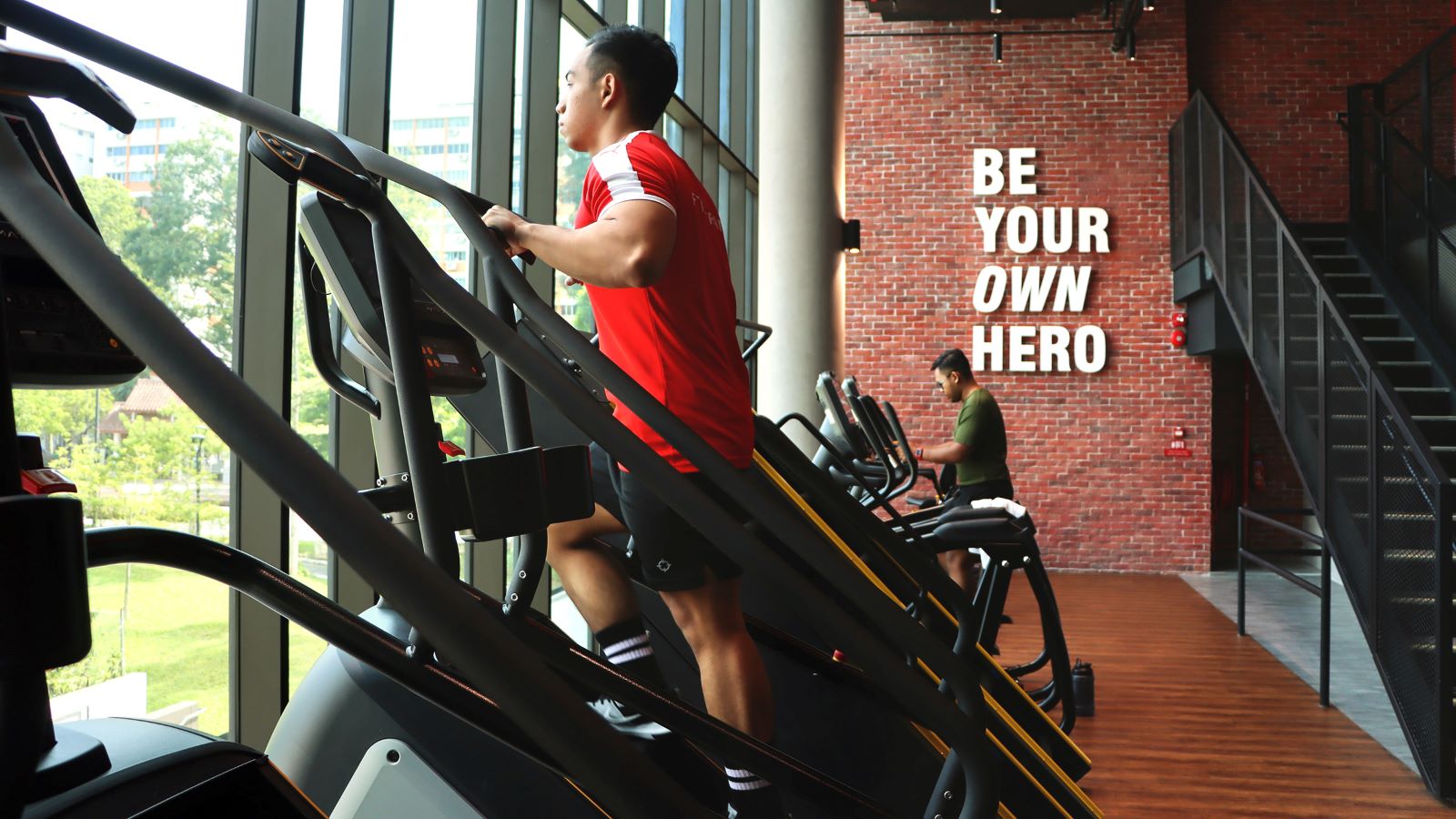
Apart from fitness training, Mr Danish’aizat recommends maintaining a balanced, healthy diet to complement your training while also mentally preparing yourself for lifestyle changes during NS.
“Simply replace vegetable oil with olive oil, choose baking or air-frying over deep-frying. Try to prepare your own meals as much as possible or pick healthier options when you eat out. Getting used to eating healthy will also make it easier to acclimatise to a new healthy lifestyle upon enlistment,” he explained.
Through it all, the fitness habits picked up during NS will be helpful long after your stint is complete.
“Fitness does not stop as there is no limit to it. Continuing to live an active and healthy lifestyle can reduce the risk of illness and improve your mental health! Each new day is a new opportunity to improve yourself – take it and make the most out of it,” Mr Danish’aizat advised.


